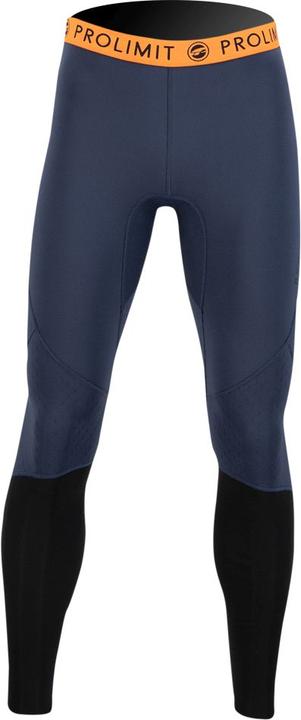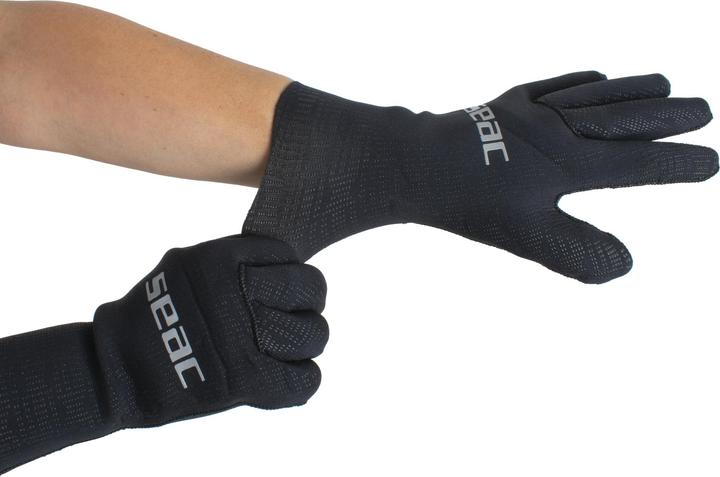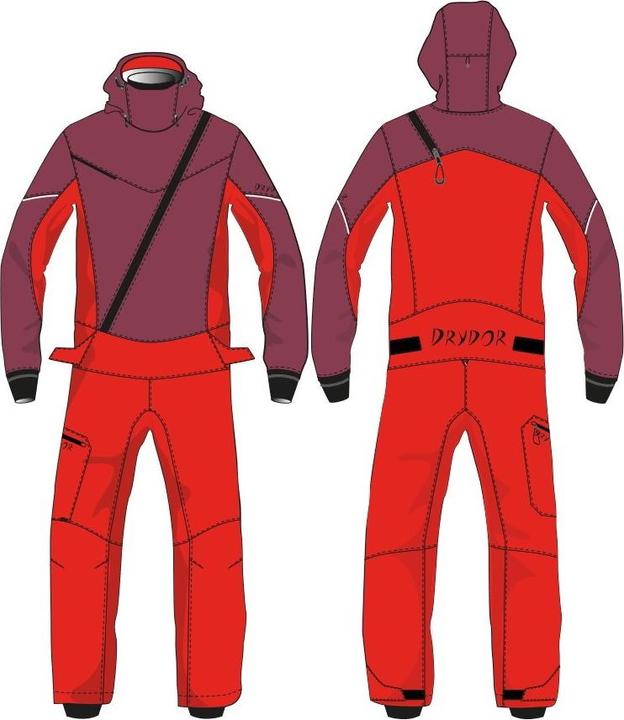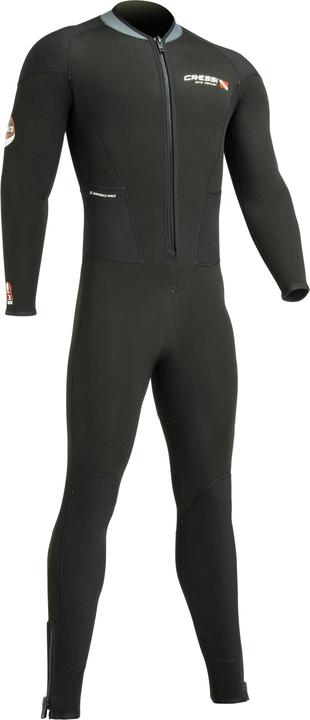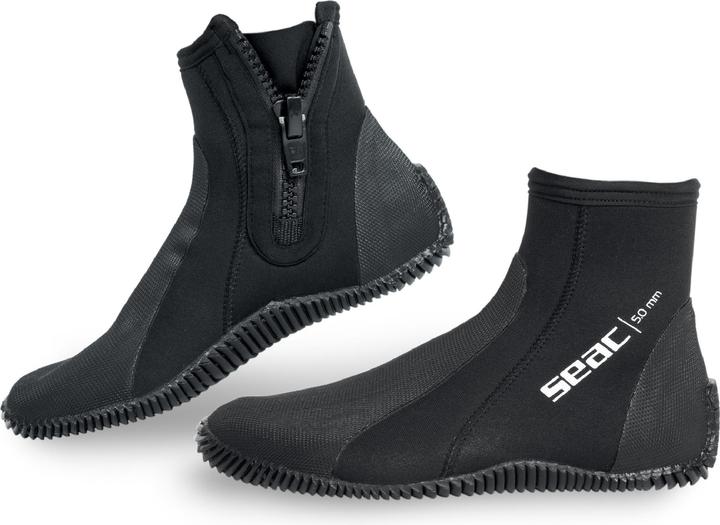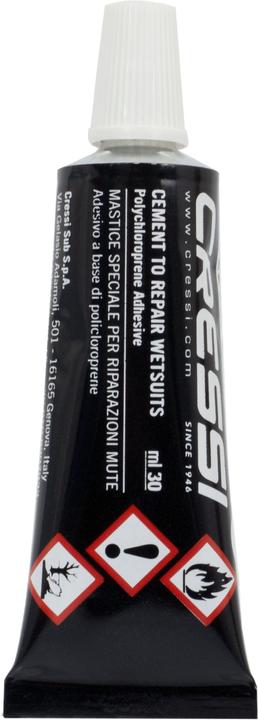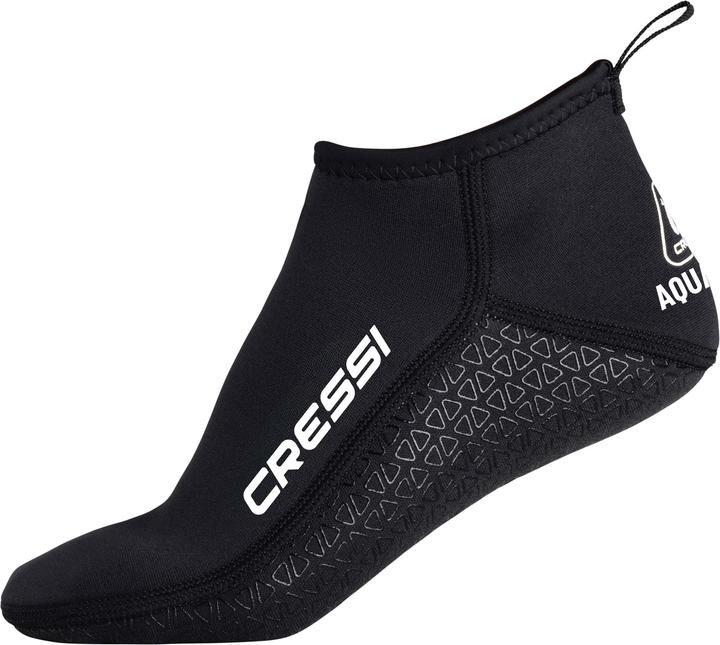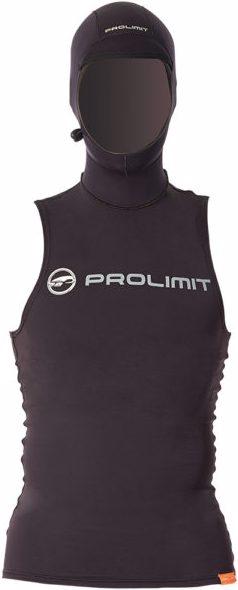
Too Many Wetsuits? How to Choose the Right One
Here are five key factors to consider when selecting the perfect wetsuit for your needs.
Last updated 1 week ago. Automatically generated content.
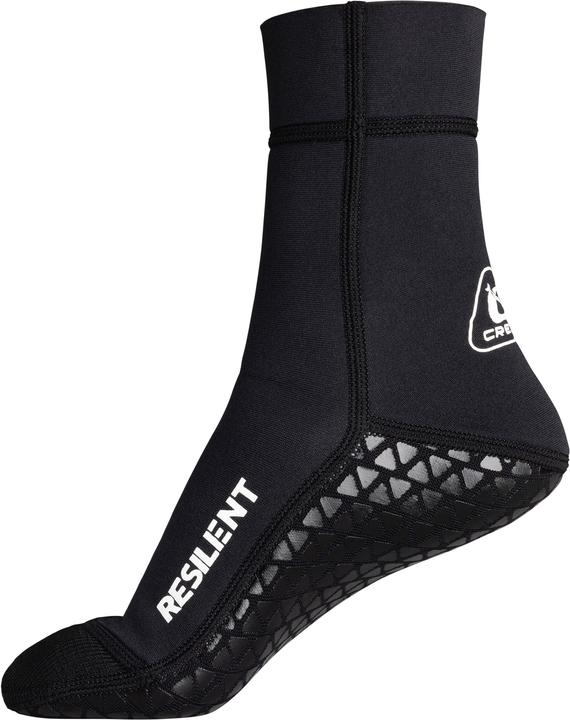

Select options and limit the number of products
The wetsuit type determines the coverage and warmth provided, influencing comfort and performance in various water conditions. Choosing the right type ensures adequate thermal protection and mobility, enhancing your overall experience during water activities.
Popular options (you can select more than one)
Full Wetsuit
Typical price
68.– to 230.–Covers the entire body, including arms and legs, providing maximum insulation.
Ideal for colder waters, offering superior warmth and protection during extended water exposure.
Bestseller
Neoprene pants
Typical price
48.– to 120.–Designed to cover the lower half of the body, offering flexibility and targeted warmth.
Perfect for warmer climates or when paired with a wetsuit top, ensuring comfort and mobility.
Bestseller
Neoprene gloves
Typical price
29.– to 57.–Protects hands from cold and abrasion, enhancing grip and dexterity.
Recommended for activities in chilly waters, improving comfort and hand functionality.
Bestseller
Material thickness in wetsuits determines the level of insulation and flexibility offered in various water conditions. Choosing the right thickness is crucial for warmth and comfort, impacting performance during water activities.
Popular options (you can select more than one)
1 mm
Typical price
51.– to 710.–Thin material offers maximum flexibility and minimal insulation.
Ideal for warm water conditions, allowing for unrestricted movement and comfort.
Bestseller
3 mm
Typical price
43.– to 150.–Moderate thickness balances flexibility and insulation.
Suitable for temperate waters, providing comfort without compromising agility.
Bestseller
Fastening type in a wetsuit determines how easy it is to put on and take off, affecting comfort and convenience during use. Choosing the right fastening type is crucial for ensuring a snug fit and optimal performance in water activities.
Popular options (you can select more than one)
Front zip
Typical price
190.– to 440.–Features a zipper located at the front of the wetsuit for easy access.
Ideal for those who prioritize convenience and quick changes, especially in cold environments.
Bestseller
Chest Zip
Typical price
120.– to 290.–Comes with a zipper across the chest, enhancing flexibility and range of motion.
Recommended for active water sports enthusiasts who need maximum mobility and less water ingress.
Bestseller
The target group for wetsuits refers to the intended wearer, influencing design, fit, and features tailored to specific needs. Choosing the right target group ensures comfort, performance, and suitability for different body types and activities.
Popular options (you can select more than one)
Men
Typical price
68.– to 240.–Designed with broader shoulders and longer torsos to accommodate typical male body shapes.
Offers enhanced durability and support for activities like surfing, ensuring a comfortable fit for active use.
Bestseller
Women
Typical price
48.– to 170.–Features contoured shapes to fit curves and provide flexibility in movement.
Prioritizes comfort and warmth, ideal for swimming or diving, enhancing the aquatic experience.
Bestseller
Boys
Typical price
45.– to 290.–Scaled down designs with added flexibility for growing bodies.
Provides protection against cold water while allowing freedom of movement, perfect for young swimmers or surfers.
Bestseller
Sleeve length is a crucial consideration in wetsuit design, affecting warmth, flexibility, and overall comfort during water activities. Selecting the appropriate sleeve length can enhance performance by balancing thermal protection with mobility, catering to different water temperatures and activity levels.
Popular options (you can select more than one)
Long sleeves
Typical price
110.– to 360.–Provides full arm coverage, maximizing thermal insulation and protection against cold water.
Ideal for activities in cooler environments, offering increased warmth and reducing heat loss during extended periods in the water.
Bestseller
Short-sleeved
Typical price
43.– to 110.–Covers the upper arms, offering some insulation while allowing for greater flexibility and movement.
Suitable for warmer water conditions, providing a balance between protection and comfort during active pursuits.
Bestseller
Sleeveless
Typical price
76.– to 140.–Leaves arms completely uncovered, enhancing flexibility and range of motion.
Best for warm water conditions and high-intensity activities, allowing for maximum freedom of movement without overheating.
Bestseller
